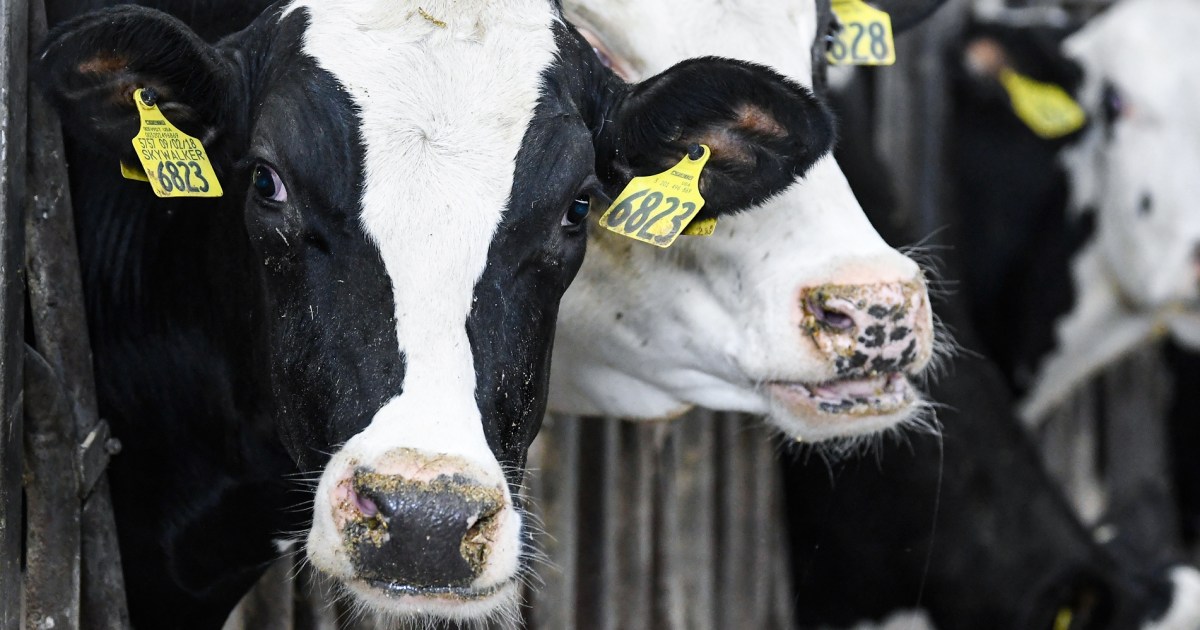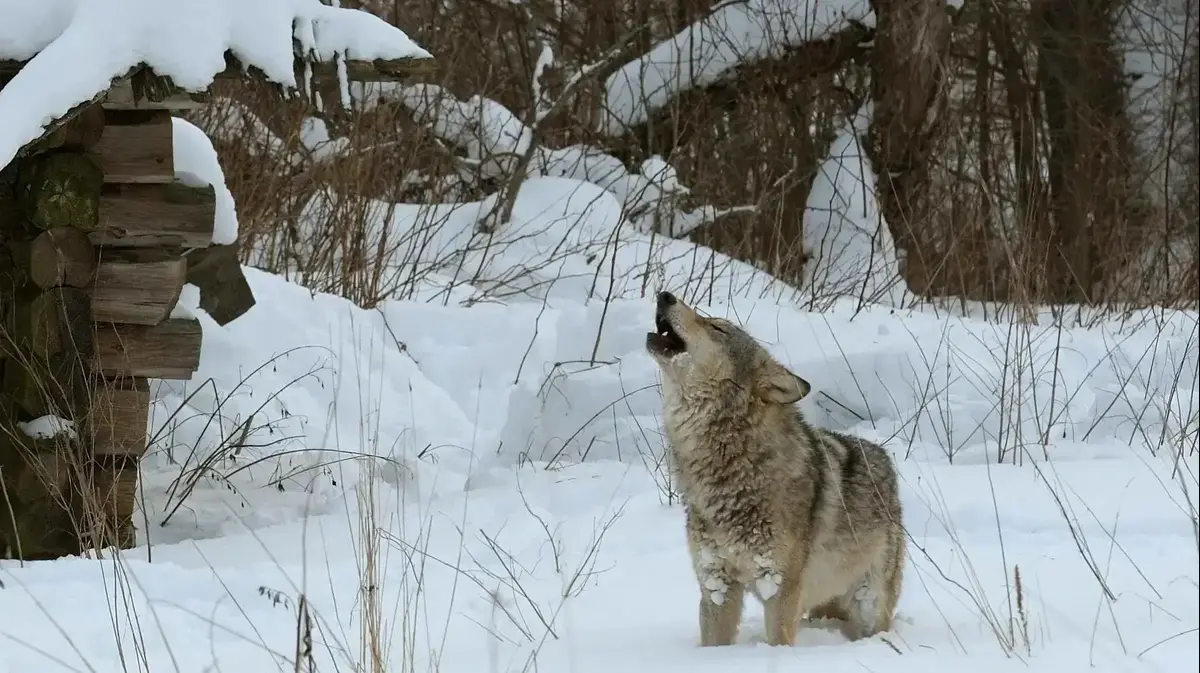- Click to share on Facebook (Opens in a new window)
- Click to share on Twitter (Opens in a new window)
- Click to share on LinkedIn (Opens in a new window)
- Click to email a friend (Opens in a new window)
Coronavirus: how does it work? 2:25
(CNN) - A new genetic analysis of the virus that causes covid-19 taken from more than 7,600 patients worldwide shows that it has been circulating in people since late last year, and must have spread extremely fast after the first infection.
Researchers in Britain looked at mutations in the virus and found evidence of a rapid spread, but there is no evidence that the virus is more easily transmitted or more likely to cause serious illness.
"The virus is changing, but this in itself does not mean it is getting worse," genetics researcher Francois Balloux of the Institute of Genetics at University College London told CNN.
Balloux and his colleagues pulled viral sequences from a giant global database that scientists around the world are using to share data. They looked at samples taken at different times and from different places, and said they indicate that the virus started infecting people late last year.
"This rules out any scenario that assumes that SARSCoV-2 may have been in circulation long before it was identified, and therefore would have already infected large proportions of the population," Balloux's team wrote in their report, published in the Infection magazine , Genetics and Evolution.
That is bad news. Some doctors hoped the virus was already in circulation for many months and could have quietly infected many more people than have been reported. That would offer hope that there might be some immunity already built up in some populations.
"Everyone expected that. Me too, ”said Balloux.
His findings pour cold water on the idea. At most, 10% of the world's population has been exposed to the virus, Balloux estimated.
READ : Virus hunters looking for bat caves to predict the next pandemic
Between humans and bats
Many different studies have shown that the new coronavirus, often called SARS-CoV-2 by scientists, originated from a bat but had to have infected another animal before jumping into humans. The first human cases were reported in Wuhan, China, last December.
Viruses make mistakes every time they replicate, and these mutations can be used as what is called a molecular clock to track a virus through time and geography.
"Our results are in line with previous estimates and point to all sequences sharing a common ancestor by the end of 2019, supporting this as the period when SARS-CoV-2 jumped into its human host," wrote the equipment.
"It is very recent," Balloux said. "We are very, very, very sure that the jump to the guest occurred late last year."
That's because viral samples taken from all corners of the world show multiple mutations, and are similar mutations. "Everything is everywhere," the team wrote.
"It has been introduced and introduced and introduced in almost all countries," Balloux added.
They also found genetic evidence supporting suspicions that the virus was infecting people in Europe, the United States, and elsewhere weeks or even months before the first official cases were reported in January and February. Balloux said it will be impossible to find the "first" patient in any country.
"All these ideas about trying to find a zero patient don't make sense because there are so many zero patients," he said.
Balloux's team's findings were reviewed by other experts, a process called peer review, before being published in the journal. He said that some reports from other teams, posted online on so-called prepress websites, may have drawn incorrect conclusions.
"All viruses mutate naturally. Mutations in themselves are not a bad thing and there is nothing to suggest that SARS-CoV-2 is mutating faster or slower than expected. So far we cannot say whether SARS-CoV-2 is becoming more or less lethal and contagious, "Balloux said.
Lane Warmbrod is an analyst at the Johns Hopkins Center for Health Safety and has been following reports on the genetics of the new coronavirus. She said more animal studies are needed to demonstrate how changes in the genetics of the virus could make it more or less infectious or pathogenic.
READ : What happens if a coronavirus vaccine is never developed? It has happened before
"Just because these studies tell us that these mutations are spreading rapidly or becoming dominant doesn't mean anything, except that we know that happened. It doesn't really tell us anything about what's happening biologically, ”Warmbrod told CNN.
Reports of mutations can be important to teams working on drugs and vaccines to fight the coronavirus. Vaccines, especially, need to target parts of the virus that are preserved, which do not change much over time.
Genetics








